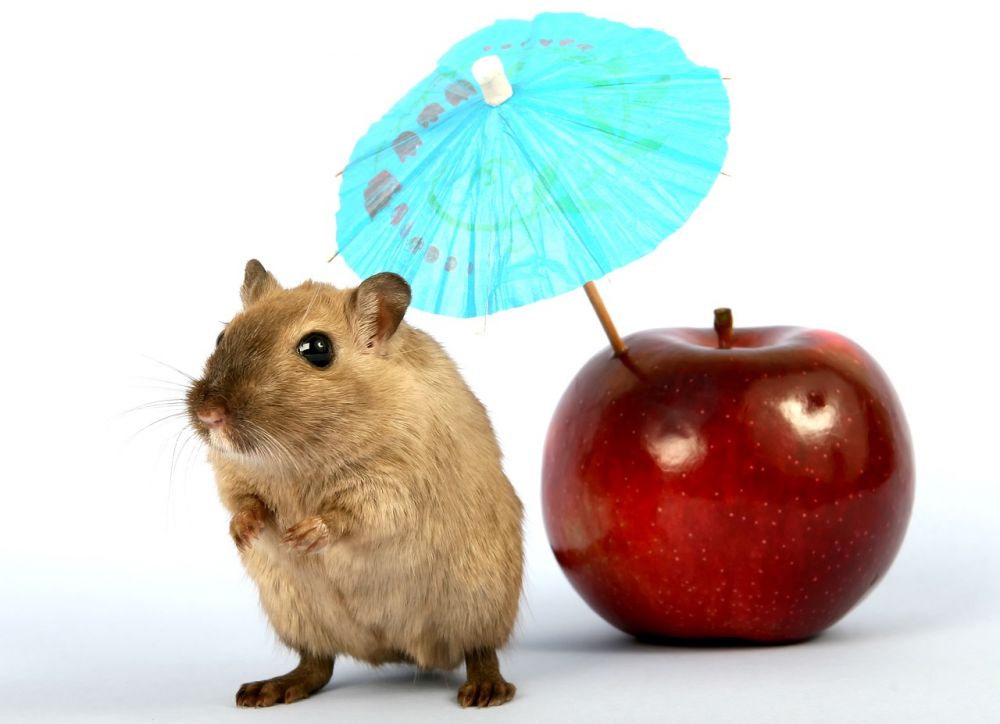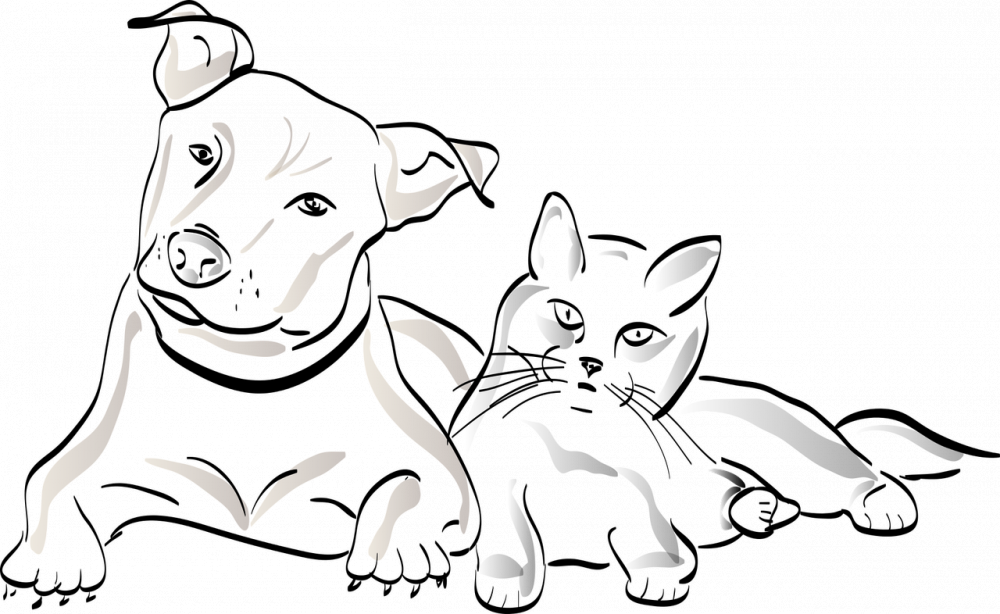Europeisk hamster - en fascinerande gnagare

Introduction
Hamsters are well-known and beloved pets all around the world. One particular species, the European hamster, holds a special place in the hearts of many animal enthusiasts. In this article, we will delve into the world of the European hamster, providing a comprehensive overview of its characteristics, types, popularity, quantitative measurements, differences between different types, as well as a historical analysis of its advantages and disadvantages as a pet.
1. A comprehensive overview of the European hamster

The European hamster, also known as Cricetus cricetus, is a species of hamster native to Europe. It is larger than many other hamster species, growing up to 11-15 cm in length with a short tail. Its fur is typically grey or brown, blending in well with its natural habitat. This elusive nocturnal creature is known for its excellent burrowing abilities, digging complex underground burrows for shelter and storage.
2. Presentation of the European hamster and its types
The European hamster can be found in various regions across Europe, including France, Germany, and Eastern European countries. Within this species, there are several recognized types, each with its own unique characteristics and variations. Some popular types include the Black Sea hamster, the Steppes hamster, and the Western European hamster. These types differ in size, fur coloration, and specific habitat preferences.
3. Quantitative measurements of the European hamster
To understand the European hamster more thoroughly, scientists have conducted quantitative measurements. On average, the European hamster weighs between 150-200 grams, with males typically being slightly larger and heavier than females. The length of their burrow systems can vary greatly, ranging from a few meters to complex networks extending up to several dozen meters. Additionally, the European hamster has a short lifespan of around two to three years in the wild.
4. Differences between different types of European hamsters
Each type of European hamster has distinct characteristics that set it apart from others. For example, the Black Sea hamster is known for its larger size and dark fur, providing excellent camouflage in its natural coastal habitat. On the other hand, the Western European hamster has a more varied fur coloration, ranging from golden brown to reddish-brown. These differences in size, fur, and habitat preferences make each type of European hamster unique and captivating.
5. Historical analysis of the advantages and disadvantages of European hamsters as pets
Throughout history, European hamsters have been popular pets for many reasons. Their small size and cute appearances make them appealing to both children and adults. However, there are also some drawbacks to consider. European hamsters have specific dietary needs, requiring a mix of fresh fruits, vegetables, and high-quality hamster food. They also need a spacious cage with plenty of tunnels and hiding spots to mimic their natural burrows. Additionally, their nocturnal nature means that they are most active during the night, which may not align with everyone’s schedules.
Conclusion
In conclusion, the European hamster is a captivating and unique species of hamster found in various regions of Europe. Its size, fur coloration, and habitat preferences vary between types, making it an interesting subject for animal enthusiasts. While there are advantages and disadvantages to owning a European hamster as a pet, proper care and understanding of their needs can provide a rewarding experience for both the hamster and its owner.
Additional resources:
– [insert relevant links or sources here]
– [insert relevant links or sources here]





